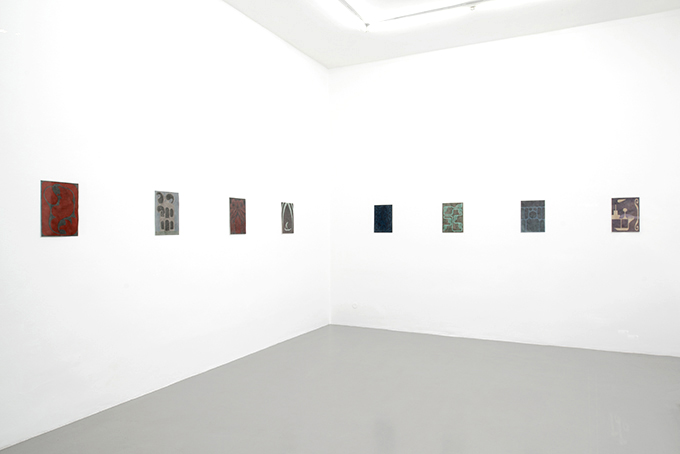
Installation view
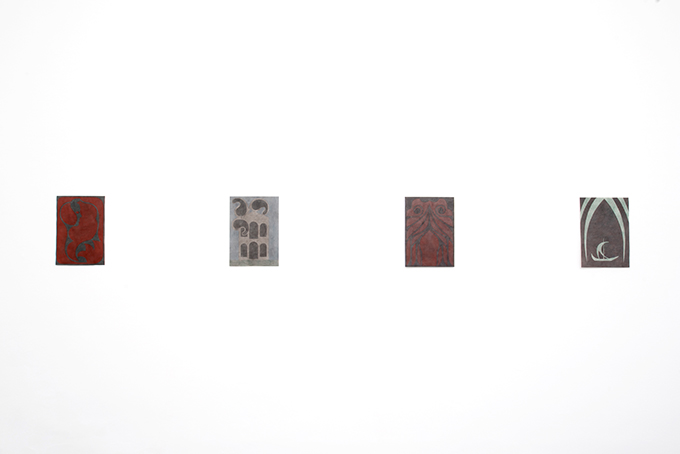
Installation view
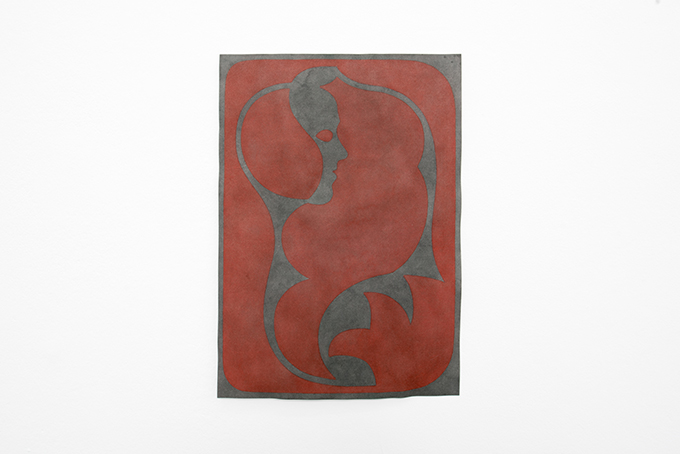
Dschinn, 2019, watercolour on paper
38 x 27 cm
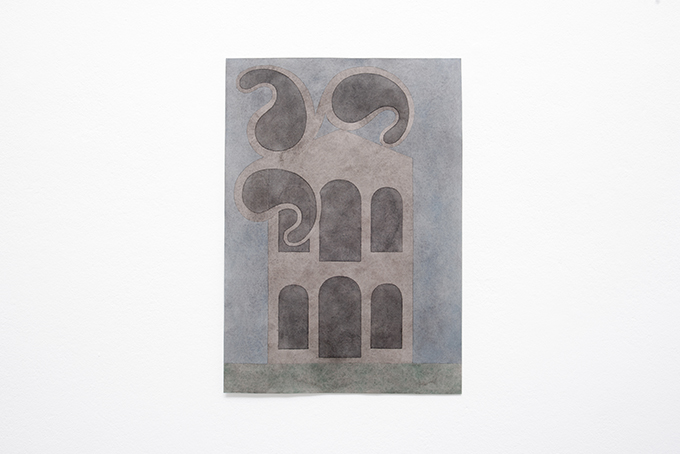
Incendio, 2019, watercolour on paper
38 x 27 cm

Rachen, 2019, watercolour on paper
38 x 27 cm
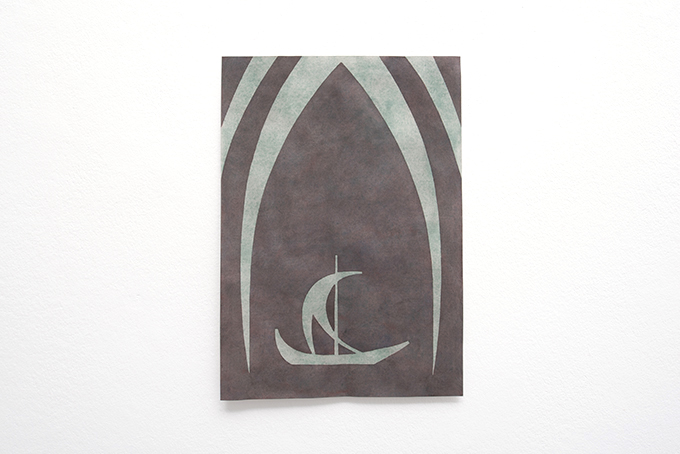
Lost, 2019, watercolour on paper
38 x 27 cm
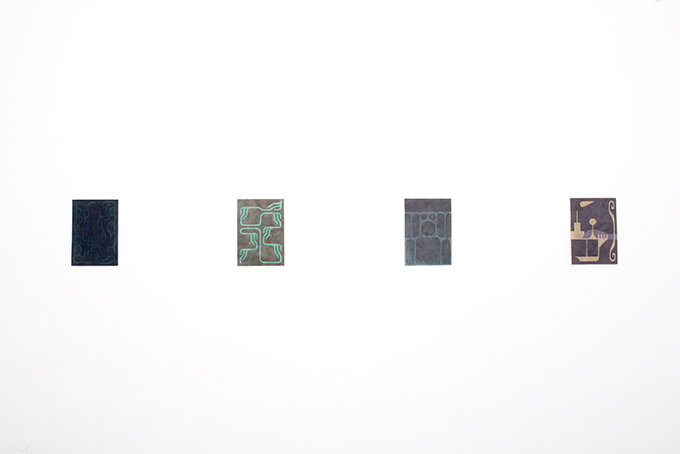
Installation view
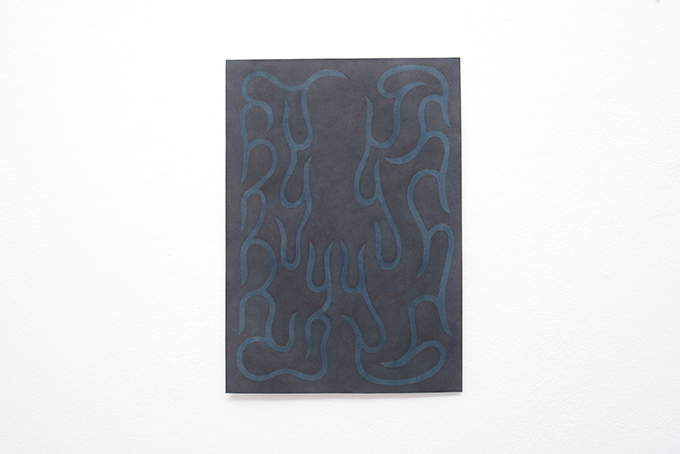
Zweite Flut, 2019, watercolour on paper
38 x 27 cm
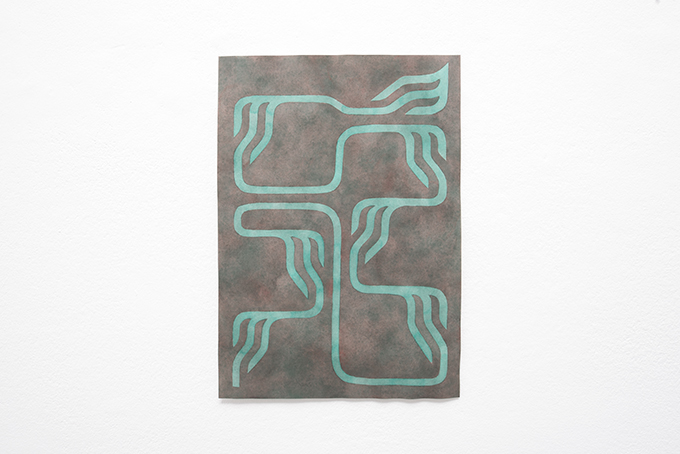
Debord, 2019, watercolour on paper
38 x 27 cm
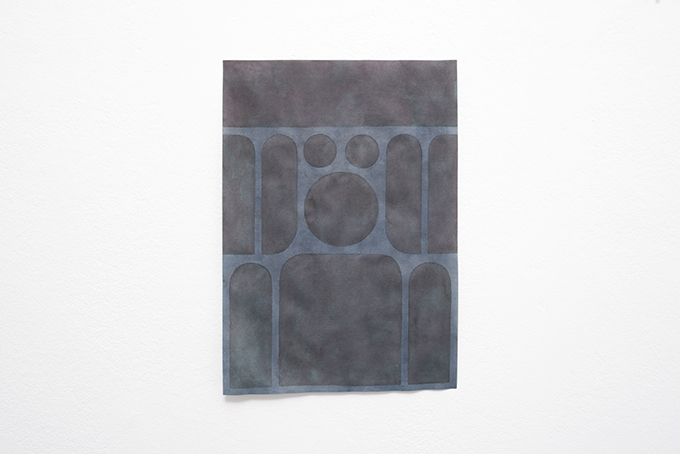
Vor dem Tor, 2019, watercolour on paper
38 x 27 cm
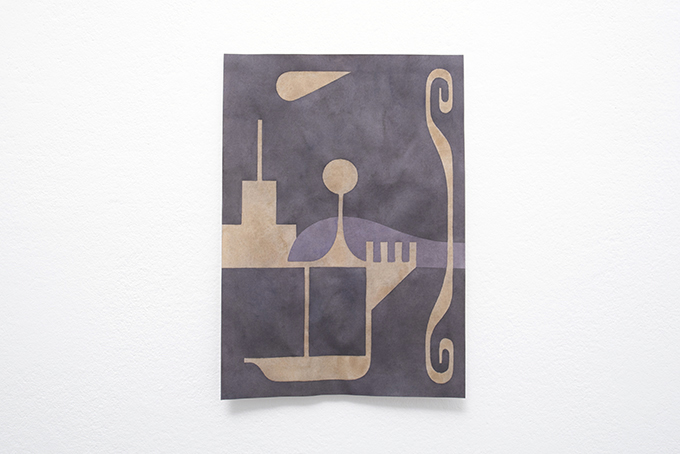
Komet, 2019, watercolour on paper
38 x 27 cm
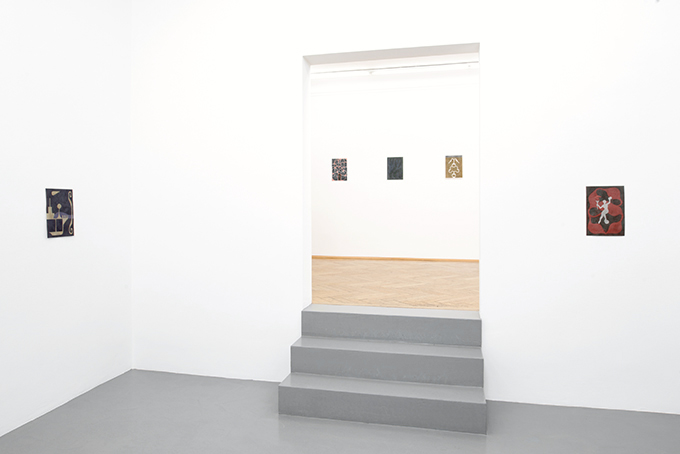
Installation view
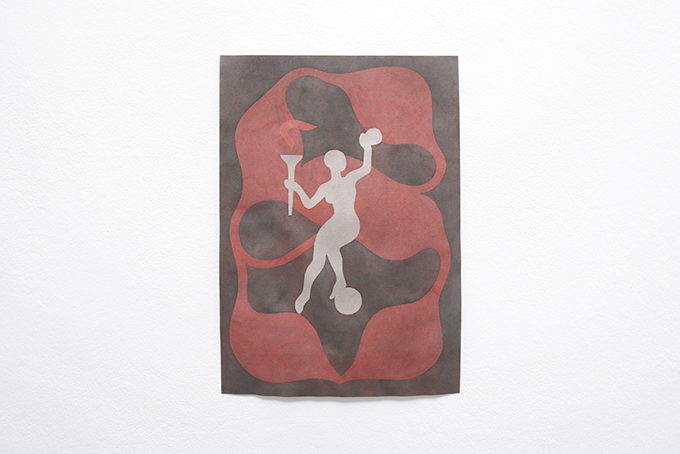
Sport, 2019, watercolour on paper
38 x 27 cm
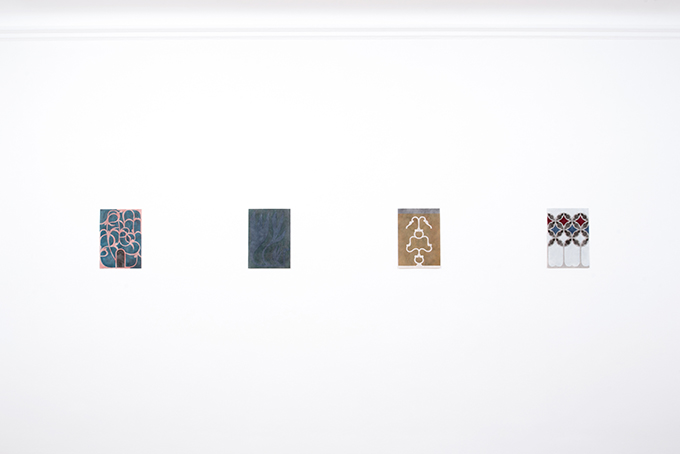
Installation view
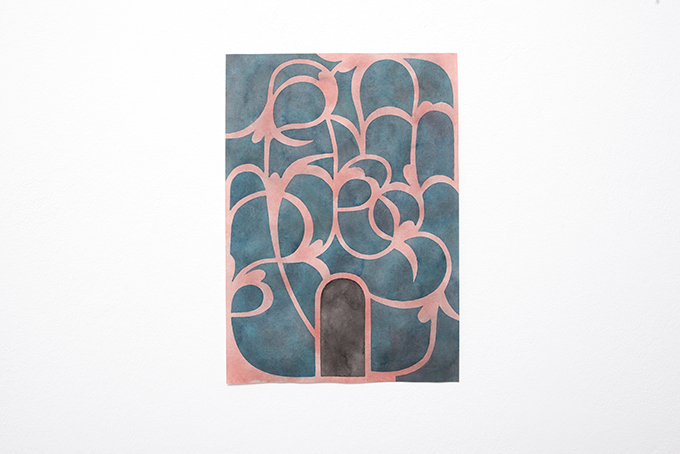
Romanesque, 2019, watercolour on paper
38 x 27 cm
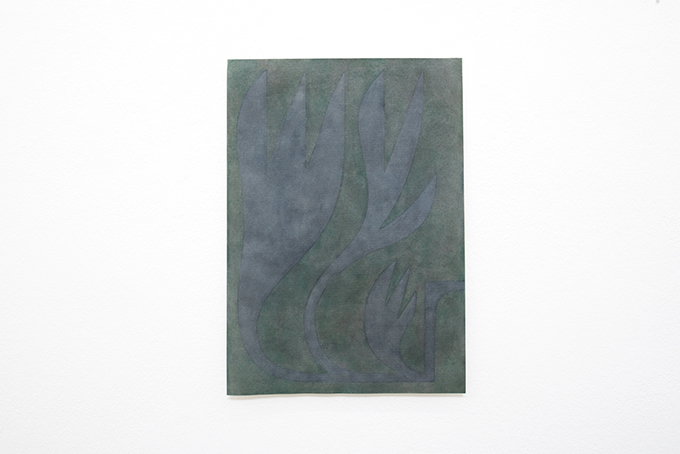
Unkraut, 2019, watercolour on paper
38 x 27 cm
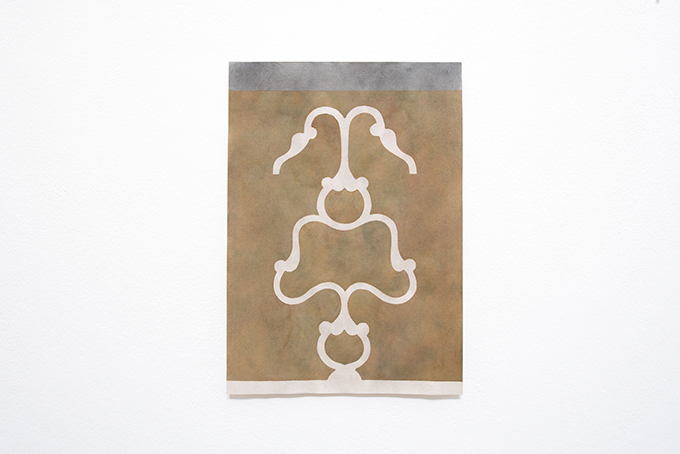
Aufbau, 2019, watercolour on paper
38 x 27 cm
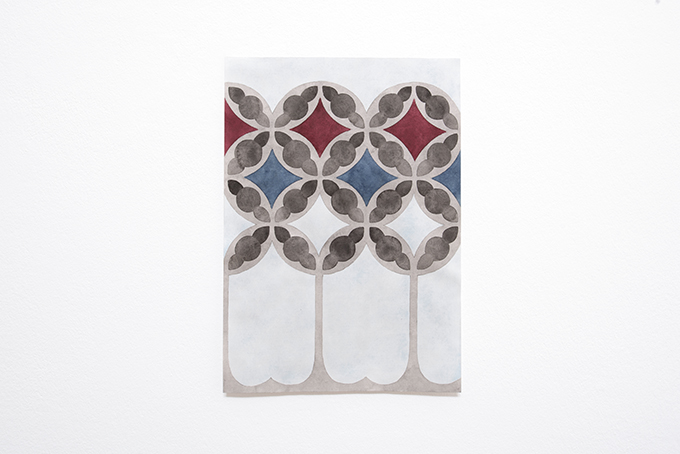
Silhouette, 2019, watercolour on paper
38 x 27 cm
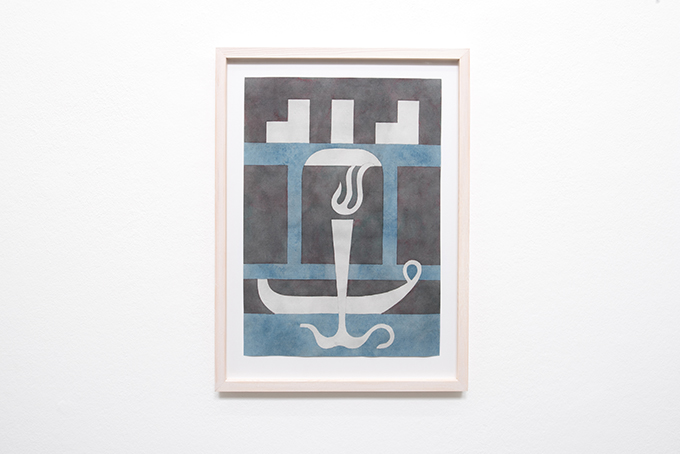
Leuchte, 2019, watercolour on paper
38 x 27 cm
Everything lost is meant to be found ist – insbesondere für die momentane Gegenwart – Botschaft und Versprechen zugleich. Imaginiert oder behauptet wird die Idee einer Wiederherstellbarkeit der Zeiten, welche mit der Vorstellung von Heilung, Versöhnung und Harmonie einhergeht. Es ist nützlich zu wissen, dass es sich hierbei um ein Zitat aus dem Actionfilm Lara Croft Tomb Raider: The Cradle of Life von 2003 handelt – demnach ist der Satz weniger als apodiktische Aussage aufzufassen, sondern vielmehr als eine spielerisch zu handhabende Hypothese. Diesem Gedanken folgend käme dem Akt des Malens der Status der Überprüfung dieser Hypothese gleich und die Rolle des Künstlers dem eines Wissenschaftlers, der eine Theorie anhand dessen, was vorhanden und fassbar ist, auf Realisierbarkeit überprüft und sie gegebenenfalls abändert, um sie konkretisierbar zu machen.
Die in der Ausstellung gezeigten Aquarelle, „Fundstücke“ im Sinne der im Titel angeführten Sentenz, sind geprägt durch eine fast traumhaft wirkende Balance und eine den Bildern immanente Gewissheit eines verborgenen Wahrheitsgehalts. Das auf der Einladungskarte abgedruckte Bild mit dem programmatischen Titel Leuchte wirkt wie der Startpunkt einer Expedition: Vor dem Hintergrund einer bausteinartigen Architektur erkennt man die ikonische Darstellung eines Bootes sowie einer Öllampe, welche wiederum die Form einer brennenden Fackel annimmt. Seiner ursprünglichen Wortbedeutung nach ist das Schiff – ebenso wie eine Öl- oder Wunderlampe – ein Gefäß. Das Gefäß birgt einen nicht-sichtbaren Inhalt, der meist wesentlicher ist als das Gefäß selbst. Als Konstruktion von Menschenhand hat das Schiff die Bedeutung eines Systems oder einer Methode: Die methodische Ausarbeitung folgt der gedanklichen. Auch Berthold Reiß’ Aquarelle wirken wie gebaut. Für eine prätentiöse malerische Geste ist hier kein Platz.
Die Idee, dass alles, was verloren ist, wieder gefunden werden soll, findet sich nicht nur in den Motiven selbst, sondern bereits in den Bildquellen: So sind die Vorlagen eben meist nicht – was man vermuten könnte – tradierte und kanonisierte Vorbilder, sondern sind der gegenwärtigen Alltagswelt entnommen, etwa Bildmarken von Konsumgütern. Diese können zwar Vorstellungen der klassischen Antike in sich tragen, doch bedient man sich ihrer nur selten bewusst. Im Werk von Berthold Reiß, in welchem die zitierten Ikons ohne den Kontext des alltäglichen Lebens auftauchen, unterwandern sie ihre ursprüngliche Funktion der eindeutigen Verständlichkeit und werden zu Kippbildern, in welchen ein Motiv meist mehrere Möglichkeiten der Interpretation zulässt. Diese graduelle Offenheit der Bildmotive bestärkt die Interpretation der Hypothese Everything lost is meant to be found als spielerisches Experiment, das vielen Denkrichtungen Platz lässt. Die Aquarelle, in welchen Schichten früherer Farbaufträge durchschimmern wie Vergangenheiten, verifizieren also die Eingangshypothese. Das Malen von Bildern ist die andauernde Versicherung der Möglichkeit dieser Hypothese.
Lilian Robl
Everything lost is meant to be found is both a message and a promise – especially in view of the present times. What is imagined or purported is the idea of times being restorable, which goes hand in hand with the notion of healing, reconciliation and harmony. It is useful to know that the title is a quote from the 2003 action film Lara Croft Tomb Raider: The Cradle of Life – so the phrase can be understood less as an apodictic statement than as a hypothesis to be dealt with in a playful manner. Following this line of thought, the act of painting would assume the status of assessing the hypothesis and the artist the role of a scientist checking the viability of his theory based on what is given and tangible, and changing it, if necessary, so as to make it concrete.
The exhibited watercolors, “found objects” in the sense of the title, are characterized by an almost dream-like balance and the certainty of a hidden truth content inherent in the images. The picture printed on the invitation cards bearing the programmatic title Leuchte (Beacon) appears like the starting point of an expedition: against the background of a brick-like architecture, one can discern the iconic rendering of a boat and an oil lamp, which in turn takes on the shape of a burning torch. According to the original meaning of the word, the ship – just like an oil lamp or a magic lamp – is a vessel. The vessel bears an invisible content that is in most cases more essential than the vessel itself. As a man-made construction, the ship possesses the meaning of a system or method: the methodical elaboration follows the mental one. Berthold Reiß’ watercolors also appear constructed. There is no room here for pretentious painterly gestures.
The idea that everything lost is meant to be found can be detected not only in the motifs themselves, but also in the image sources: contrary to what one might assume, the templates are not traditional, canonized models, but drawn from the mundane world, for example, logos of consumer goods. They may contain notions of classical antiquity, but are rarely used in a deliberate fashion. In Berthold Reiß’ work, where the cited icons appear without the context of daily life, they subvert their original function of unambiguous comprehensibility and turn into flip-flop images in which a motif usually allows several possible interpretations. This gradual openness of the picture motifs underpins the interpretation of the hypothesis Everything lost is meant to be found as a playful experiment that leaves room for many directions of thought. Hence, the watercolors, in which layers of earlier color applications shimmer through like pasts, verify the initial hypothesis. Painting pictures is the ongoing assurance of the possibility of this hypothesis.
Lilian Robl translated by Karl Hoffmann